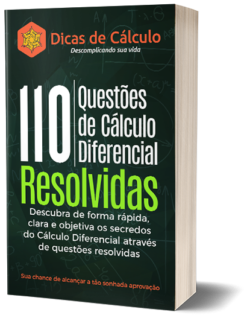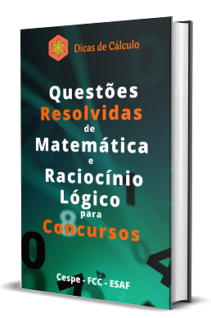Propriedades dos Limites
Neste post apresentam-se as principais Propriedades dos Limites, porém sem fazer sua demostração. Estas propriedades são muito úteis na resolução de problemas envolvendo cálculo de limites.
1) Propriedade da unicidade do Limite:
Se e
então
.
2) Propriedade do Limite de uma função constante:
Se para todo
real, então para qualquer
real, tem-se:
.
Clique aqui para ver a Demonstração.
3) Propriedade da soma ou da subtração dos Limites:
Se e
então:
.
Clique aqui para ver a Demonstração.
4) Propriedade da multiplicação por escalar do Limite:
Para qualquer constante e
:
.
Obs: O sinal, , simboliza simplesmente uma multiplicação entre dois termos e não o operador rotacional.
5) Propriedade da multiplicação de Limites:
Se e
então:
.
Clique aqui para ver a Demonstração.
6) Propriedade da divisão de Limites:
Se ,
e
então:
.
Clique aqui para ver a Demonstração.
7) Propriedade da potência de Limites:
Se então:
.
8) Propriedade do exponencial do Limite:
Se e
então:
.
9) Propriedade do logaritmo do Limite:
Se ,
,
,
,
e
então:
.
10) Propriedade da raiz do Limite:
Se ,
e
quando
for par então:
.
11) Propriedade do confronto ( sanduíche ) dos Limites:
Se tal que
então:
.
12) Propriedade dos polinômios:
Esta propriedade é uma combinação das propriedades 3 e 4. Seja um polinômio qualquer, onde os
são constantes arbitrárias, tem-se:
.
Logo, .
13) Propriedade da divisão de polinômios:
Nos limites da forma em que
e
são polinômios em
, prevalecem os termos de maior grau de ambos os polinômios quando for calcular o limite, ou seja, se
então
.
Continue seus estudos acompanhando os Exemplos iniciais de limites.



